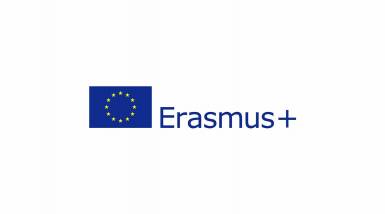Understanding Erasmus for Medical Students studying abroad
 Posted date: 30 Dec 2020
Posted date: 30 Dec 2020
Medical studies are only the beginning of a long training course that usually never ends with doctors and, obviously, potential doctors are in permanent training status. Therefore, it seems like it is never enough to gather practical knowledge as well as theoretical skills. If you can identify yourself in one of these students, then once our Erasmus student mobility bullets, the Erasmus Placement mobility and the IFMSA clerkships are gone, obviously the Visiting Student ‘status’ is the last chance to get an exchange.
It takes some more time for the visiting student status, as the key rule is that you need to find the contacts and apply on your own to a foreign school. In addition, in order to leave your home institution, you may take some more bureaucratic steps than you would usually have been dealing with during the Erasmus. I would warn you that these could vary from institution to institution in order to make a clear list and tell you the most important measures, but, in the end, you can check it out on your own if what you did is really enough or you need any more documents.
The key person who is expected to assist is the academic Erasmus coordinator - normally a school professor - who offers a list of partner schools that have already approved bilateral agreements between the faculty and another one in the foreign country. The agreements are generally blocked and reserved for Erasmus mobility, but it also happens that the official number is approved by multiple students. If between these agreements, or your application requests to all of them have been denied, you are not interested in one of these medical schools, we move to the next stage.
You sit with your laptop and start looking for medical schools, mailing every central secretary or deanery worldwide or even beyond the European border. If you are lucky enough to find signs of a section of a website dedicated to international students or only precisely for student visits (the standard case for many UK institutions), then life will be simpler and it is enough to follow their step-by-step forms and all their rules, of course.
If you're a clinical student, you should know that some of your instructors might already be in touch with other foreign colleagues. As a visiting student, they can be a fantastic opportunity to establish a link and suggest you. You usually do have to obey the steps and guidelines I've been writing about until the communication is identified and finished. It is necessary to note at this stage that your goal must always be an official letter of acceptance. If you do not receive an acceptance letter before, you need not go anywhere, since this letter will be included in your cursus studiorum and finally in your CV after you graduate.
If you are going to ask your school to accept those ECTS exams or practical courses that you wish to attend abroad, then you need your academic coordinator's permission and signature, usually the same professor who is also arranging the exchange. He or she is the person in charge of comparing and comparing what you did there and maybe verifying your job abroad with the one you should have done at your school. In other terms, before leaving, you have to plan a "learning agreement" much like the one used in Erasmus mobility. Ideally, you will then give your readily signed Learning Agreement to your partner university along with the other enrollment documents.
Posted By

GSP Admin




